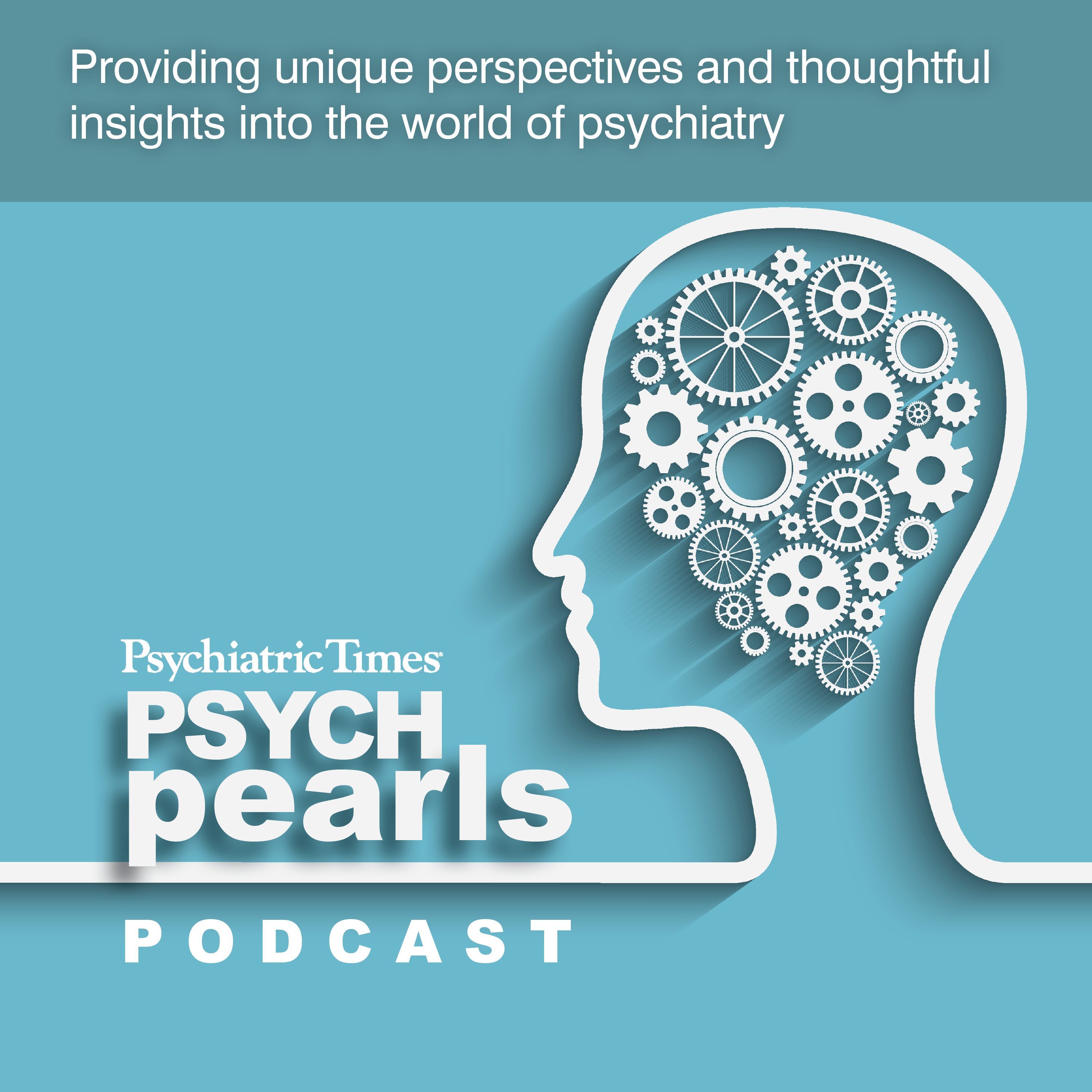Commentary
Article
Tales of Overconfidence: 3 Stories to Refine Psychiatry
Author(s):
These 3 stories offer a lesson in humility to psychiatry.
greenvector/AdobeStock

COMMENTARY
Psychiatry is, at its heart, a pragmatic discipline. Patients arrive in distress or amid distressing circumstances, and we respond with practical tools—counseling, therapy, psychopharmacology—aimed at easing their suffering. To describe and characterize the vast array of human psychic functioning, we construct various models or mental frameworks that bring structural hypotheses to an otherwise daunting field. Without these, psychiatry risks slipping into chaos, where labels are applied so loosely, they lose their meaning, as a famous study described it, “made so freely [as to be] losing its original significance.”1 Yet these loose models sometimes solidify into caricatures—the reductionist pharmacologist or the psychodynamic guru—and fuel tribalism. We champion our own models as evidence-based while critiquing others’ as biased, unscientific, or just plain wrong. This self-righteous divide makes it challenging to incorporate opposing approaches without feeling our clinical identities are under siege.
To confront this, 3 gripping stories demand our reflection: Ray Osheroff’s harrowing hospitalizations at Chestnut Lodge in 1979, Susannah Cahalan’s antibody-driven psychosis in 2009, and Laura Delano’s recently published 2025 memoir of her psychiatric journey. When faced with such accounts, it is tempting to reassure ourselves—we would have spotted the errors, acted wisely, and sidestepped the pitfalls. But this reflex may itself reflect the overconfidence that sparked these tales. Instead, we should view them as fables, cautionary narratives highlighting the dangers of rigid ideology and the need to revisit our cases with humility and a healthy skepticism of our expertise. The DSM-5 field trials, with their inter-rater reliability of 28% for depression and 46% for schizophrenia,2 underscore that our diagnostic paradigms deserve modesty.
Ray Osheroff: Psychoanalytic Hubris
In 1979, Ray Osheroff, a 41-year-old nephrologist, admitted himself to the prestigious Maryland psychiatric hospital, Chestnut Lodge, seeking relief from debilitating depression.3 Rooted in psychoanalytic tradition, the Lodge shunned medication, favoring intensive talk therapy. They diagnosed Osheroff with narcissistic personality disorder while overlooking his biological symptoms. For 7 grueling months, Osheroff declined—losing 40 pounds, pacing relentlessly, watching his medical practice crumble and family ties weaken—and his requests for antidepressants were dismissed as contrary to the Lodge’s doctrine.
Relief arrived only when his mother stepped in, transferring him to Silver Hill Hospital in Connecticut. There, a biological approach using antidepressants improved his symptoms in just 3 weeks, revealing the Lodge’s approach as rigidly dogmatic. Osheroff’s experience triggered a landmark 1982 malpractice lawsuit against Chestnut Lodge, alleging negligence for its unwavering commitment to psychoanalysis. Though settled out of court, the case rippled through psychiatry, weakening Freudian dominance and boosting biochemical treatments. It remains a stark reminder of the hubris in clinging to 1 method despite a patient’s continued evident decline.
Susannah Cahalan: Psychiatric Reductionism
In 2009, Susannah Cahalan, a 24-year-old New York Post reporter, saw her life fracture as mysterious symptoms—paranoia, numbness, then seizures—erupted into vivid psychosis.4 Admitted to NYU Medical Center, she convulsed, hallucinated, and lashed out, her identity erased. Clinicians, bound by psychiatric reductionism, attributed her breakdown to alcohol withdrawal or schizophrenia and prescribed antipsychotics as she worsened. They were unaware that her brain was under attack by her own immune system. For a month, she lingered in a bewildering fog until Souhel Najjar, MD’s evaluation uncovered the true cause: anti-NMDA receptor encephalitis, an autoimmune condition mimicking insanity.
Cahalan’s recovery—driven by steroids, plasma exchange, and a neurologist’s refusal to accept easy answers—laid bare the pitfalls of psychiatry’s rush to label rather than investigate. Her 2012 memoir, Brain on Fire: My Month of Madness, reconstructs that lost month with haunting detail, weaving medical records and loved ones’ accounts to reclaim a self she could not recall. Her story—later made into a film—provoked the field by reminding us to consider nonpsychiatric etiologies when faced with a patient’s continued evident decline.
Laura Delano: Endless Pathologizing
At 13, Laura Delano—a high-achieving student who became a nationally ranked squash player, from a well-off Connecticut family—began battling an identity crisis that spiraled into rages, self-harm, and suicidal impulses.5 Her concerned parents sought help. A psychiatrist, after 1 session, labeled her with bipolar disorder, prescribing mood stabilizers and antidepressants. This marked the start of a 14-year trek through the mental health system, defined by a flood of diagnoses—major depressive disorder, eating disorder, substance abuse, borderline personality disorder—and 19 different psychiatric drugs, including Depakote, Seroquel, Klonopin, and Provigil, often stacked in complex regimens. Each new label and pill reinforced the idea that her pain stemmed from a broken brain, a narrative she internalized as her life unraveled through adolescence and into her 20s.
This relentless pathologizing peaked in her late 20s after a near-fatal suicide attempt. Reeling from years of “treatment-resistant” tags and worsening symptoms—including forced hospitalization—Delano began to challenge the system that had shaped her. In 2010, she undertook the daunting task of tapering off all medications, a process that cleared the chemical haze and allowed her to separate in a healthy developmental manner from a “mentally ill” identity. Her 2025 memoir portrays a life reclaimed—a thriving career, a loving marriage, 2 children—proof of a narrative richer than psychiatry had allowed. It challenges the field to reflect on our skill at recognizing when our treatments and labels may be persisting beyond the point where they are therapeutic.
Lessons in Humility
The stories of Osheroff, Cahalan, and Delano reveal a critical truth: psychiatry’s power lies not in rigid loyalty to any single paradigm—psychoanalysis, reductive diagnostics, or ceaseless pathologizing—but in its capacity to adapt and question itself. Osheroff’s ordeal at Chestnut Lodge, Cahalan’s near-miss with a misdiagnosis despite her protests, and Delano’s 14-year entrapment in a web of labels and drugs share a thread: overconfidence can eclipse the patient’s reality. Spanning decades, these cases show how archetypes—be it the wise analyst or the prescription-driven pharmacologist—can harden into dogma, leaving patients to suffer when evidence or common sense calls for change.
Yet these narratives offer more than critique; they beckon us to evolve. Osheroff’s lawsuit nudged psychiatry beyond psychoanalytic excess; Cahalan’s experience highlighted the need for thorough medical scrutiny in psychiatric cases; Delano’s flourishing adulthood proves that over-pathologizing can obscure recovery’s potential. For clinicians, the message should be to resist the comforting notion that we would have done better in hindsight and instead embrace these tales as lessons in humility. By blending pragmatism with skepticism—open to therapy, medication, or neither as needed—we can honor the intricate humanity of those we serve, ensuring psychiatry remains a field of healing, not hubris. If there is 1 theme that underlines every wise psychiatrist’s development, it is the humility that evolves from recognizing the limitations of the field against the vast landscape of human suffering.
Dr Badre is a clinical and forensic psychiatrist in San Diego. He teaches medical education, psychopharmacology, ethics in psychiatry, and correctional care. Dr Badre can be reached at his website, BadreMD.com. Dr Lehman is a clinical psychiatrist in San Diego. He works in inpatient and outpatient settings. He teaches clinical care and psychiatry history, earning many teaching awards.
References
1. Kendell RE, Cooper JE, Gourlay AJ, et al. Diagnostic criteria of American and British psychiatrists. Arch Gen Psychiatry. 1971;25(2):123-130.
2. Regier DA, Narrow WE, Clarke DE, et al. DSM-5 field trials in the United States and Canada, part II: test-retest reliability of selected categorical diagnoses. Am J Psychiatry. 2013;170(1):59-70.
3. Aviv R. Strangers to Ourselves: Unsettled Minds and the Stories that Make Us. Farrar, Straus and Giroux; 2022.
4. Cahalan S. Brain on Fire: My Month of Madness. Simon & Schuster; 2012.
5. Delano L. Unshrunk: The Story of My Psychiatric Treatment Resistance. Viking; 2025.





